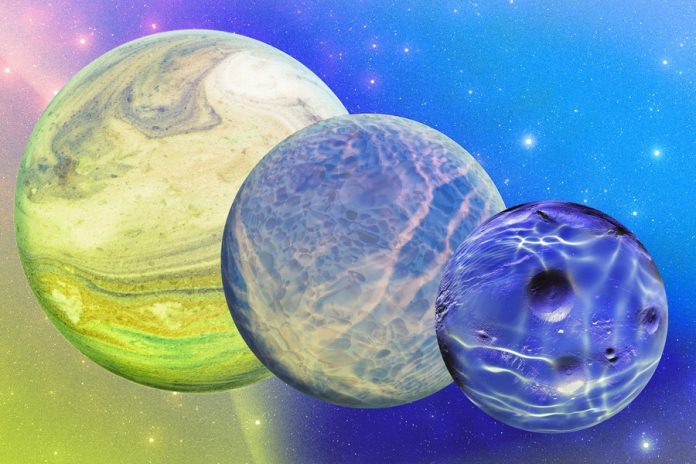
For decades, scientists have assumed that liquid water is the key ingredient for life on any planet.
On Earth, every known living thing depends on it, so the search for habitable worlds has always focused on planets with water.
But new research from MIT suggests that life might survive in an entirely different kind of liquid — one that doesn’t need the same conditions as water at all.
The study, published in Proceedings of the National Academy of Sciences, reveals that a special type of fluid called an “ionic liquid” could exist on rocky planets and moons that are too hot or have air pressures too low to hold liquid water.
Ionic liquids are salts that remain in liquid form at temperatures below about 100°C.
The MIT team discovered that these liquids could form naturally from ingredients likely found on many planets, offering a possible new habitat for life.
The idea began while scientists were studying Venus, a planet with thick clouds of sulfuric acid. Researchers were testing how to remove the acid from samples to look for signs of life.
In one experiment, they mixed sulfuric acid with an organic compound called glycine and tried to evaporate the acid. Instead of disappearing completely, a small amount of liquid stubbornly remained.
The team realized that the acid and glycine had reacted to form an ionic liquid — a stable fluid that could exist under a wide range of temperatures and pressures.
This accidental finding led to a big question: Could such liquids form naturally on other planets? On Earth, ionic liquids are usually made in labs, but the reaction that creates them is simple. Sulfuric acid can come from volcanic eruptions, and organic compounds have been found on asteroids and other planetary bodies, so the ingredients could be common in the universe.
In their lab experiments, the MIT team mixed sulfuric acid with over 30 different nitrogen-containing organic compounds, both in open containers and on basalt rock surfaces, which are common on rocky planets. They found that ionic liquids formed easily, even at temperatures as high as 180°C and at very low pressures — far lower than Earth’s atmosphere. Once created, these liquids did not evaporate and could potentially remain for years or even millennia.
While these ionic liquids wouldn’t support Earth-like organisms, they might provide stable environments for other forms of life. “If we expand our definition of life’s requirements beyond water, the potential habitable zones in the universe get much bigger,” said lead author Rachana Agrawal.
The next step is to explore what types of biomolecules might survive or even thrive in these unusual fluids. As co-author Sara Seager put it, “We may have just opened a Pandora’s box of new possibilities for life in the cosmos.”
Source: MIT.



